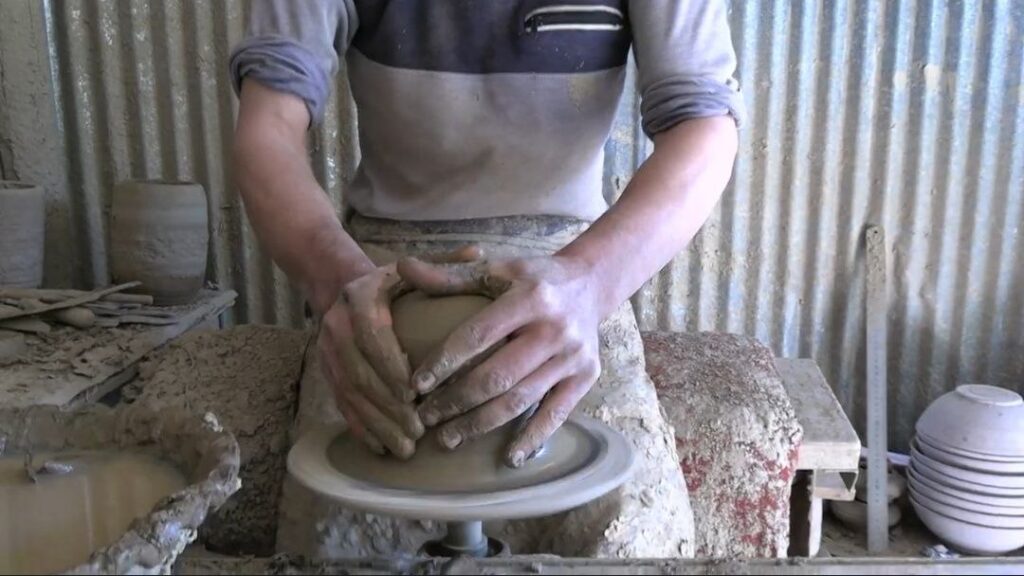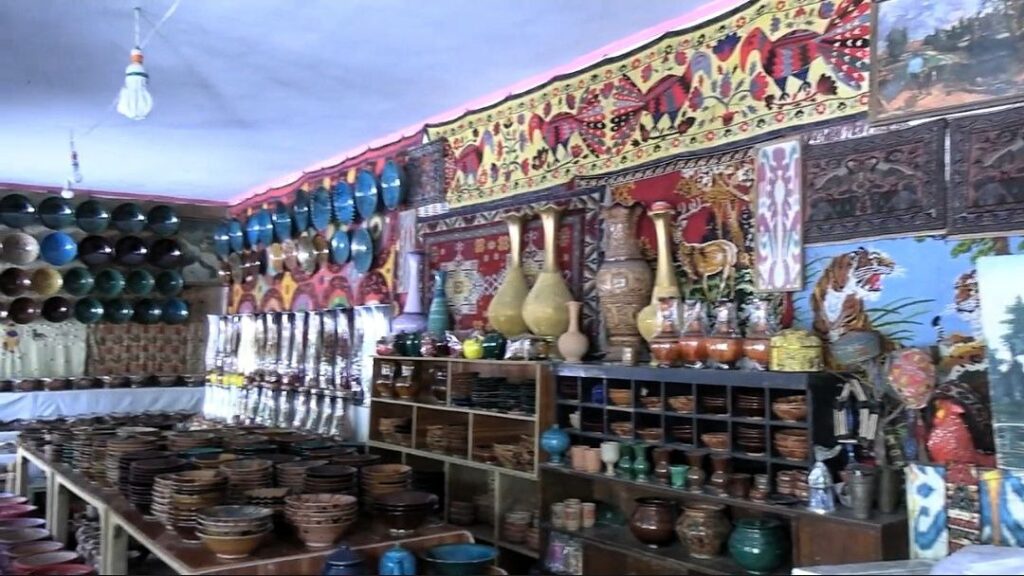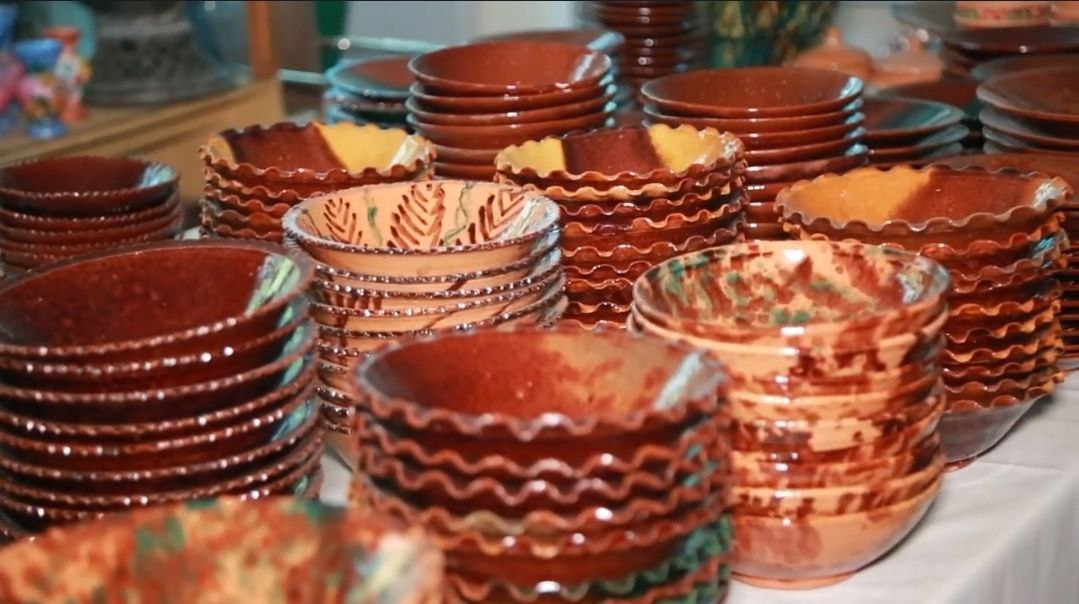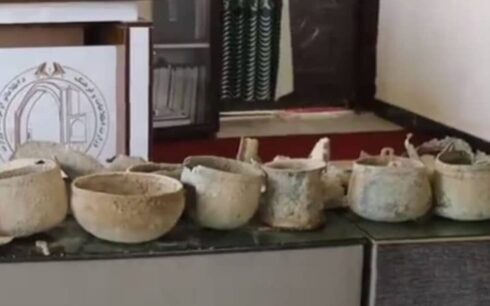Skilled potters in Istalif, a district in the northwestern part of Afghanistan’s capital, Kabul, are determined to keep the pottery industry alive and thriving despite facing various challenges.
For generations, the Italif market has been the heart of this traditional craft, attracting travelers from northern and northeastern provinces to the district. However, in the past two years, the once vibrant market has lost its luster, and shopkeepers lament that they have seen a decline in buyers.
“Previously, everyone used to buy from us, but now only a few would purchase, and that too only if he is rich,” expressed Malik Akram, a potter, voicing his concern about the decrease in sales.
Despite the challenges, the potters of Italif district remain steadfast in their determination not to let this historic craft fade away.

“I have been in this profession for ten years, and I have a great interest in it,” said Nasrullah, another potter, highlighting the passion and commitment these artisans have for their craft.
The skilled artisans in Italif district create a wide array of pottery products, including plates for food, flower pots, teapots, pitchers, and decorative items, all skillfully crafted from clay.
“Each of these pottery items you see here goes through specific stages of production,” explained Azizullah, a shopkeeper, emphasizing the craftsmanship and expertise involved in the creation of these items.

Pottery, known as “Kulali,” holds deep cultural significance in Afghanistan, and the efforts of Italif potters have given this age-old craft a special place in the country’s heritage.
However, the lack of suitable markets poses a threat to the survival of this traditional art form. The potters’ resilience and determination to preserve their craft highlight the importance of preserving and supporting Afghanistan’s rich cultural heritage in the face of various challenges.





